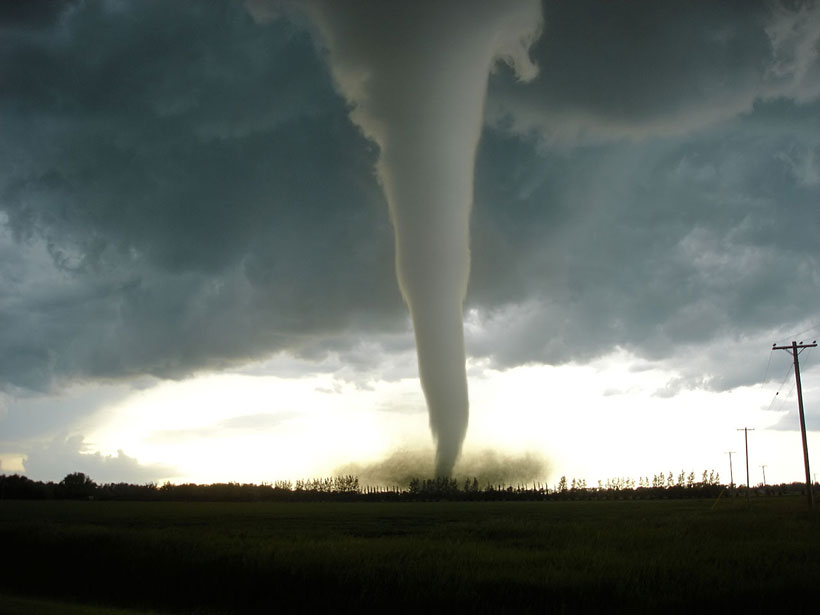A yearlong project aims to find more than 150 “missing” tornadoes thought to hit Canada each year.
R. Kaufman
Posted inNews
Sooty Bird Bellies Yield Insights into Historical Air Pollution
A new study mined museum collections to investigate just how sooty the air in the United States has been for the past 135 years.
Posted inNews
Deepwater Horizon Dispersant Cleared the Air, New Model Shows
A simulation of oil and gas leakage during the Deepwater Horizon disaster finds that the main chemical dispersant used improved air quality for emergency responders.
Posted inNews
Novel Air Pollution Study Gauges Individual Cyclists’ Risks
By attaching an array of instruments to bike commuters in New York City, researchers aim to evaluate ambient pollution amounts and doses at the level of an individual cyclist.




